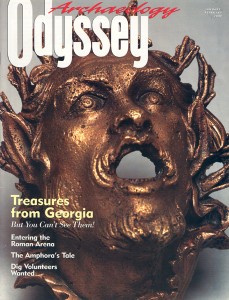Origins: Fixing the Millennium
Just how did we get to the year 2000 anyway?

Most of us are already familiar with the Common Era (C.E.) as a secular version of the Anno Domini (A.D.) chronological system, which dates events according to “the Year of Our Lord,” or the birth of Jesus. But when exactly did people start dating things from the time of Christ? Obviously when Jesus was born no one had a calendar saying it was year 0. Herod had no way of knowing he came to power in the year 37 B.C. In fact, it was not until hundreds of years after the time of Jesus that anyone tried to reckon the years that had elapsed since his birth.
Most of the earliest Christians were converted Jews, who relied on the Jewish lunar calendar; but as Christianity spread to other groups, most people continued to use the Roman calendar introduced by Julius Caesar in 46 B.C.E. (Before the Common Era). Created with the help of the great Alexandrian astronomer Sosigenes, Caesar’s “Julian” calendar formally established a solar year measuring 12 months or 365 1/4 days. (The quarter was made up in an extra day every fourth or “leap” year.)
Already a library member? Log in here.
Institution user? Log in with your IP address.

